In Photos: Seeing Sharks Up Close
Sharks and People
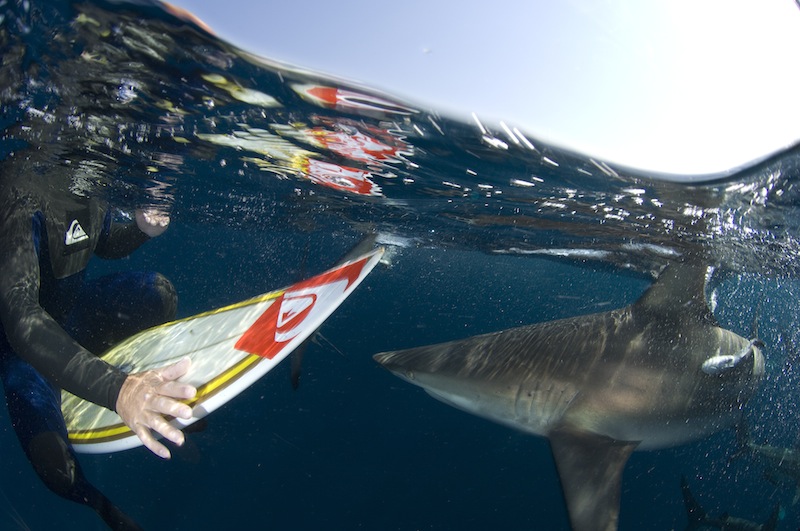
Using images captured during his career as a shark photographer, Thomas Peschak makes a stunning case that the predators are worthy of our respect and protection in his new book "Sharks and People."
Blacktip Bares Its Pearly Whites
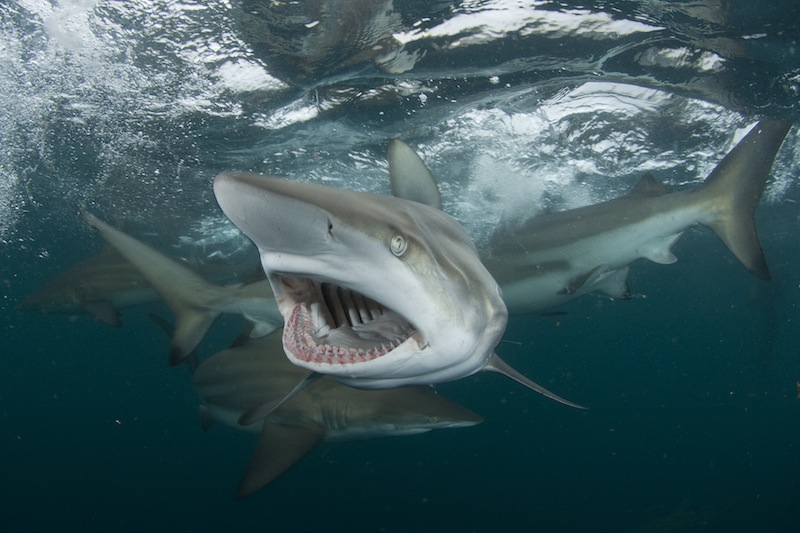
A blacktip shark gapes and displays 15 rows of teeth designed to aid its predation on schools of small fish.
Bronze Whaler Banquet
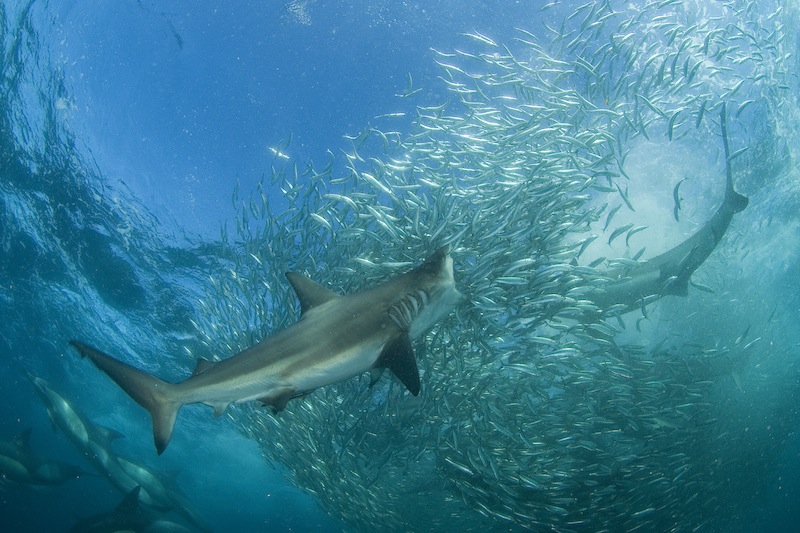
A bronze whaler charges a bait-ball of sardines off South Africa’s east coast.
Shark Fin Trade

In this photo, shark fins are laid out to dry in the sun before being packed and shipped to buyers. These parts are the main ingredient in shark fin soup, a pricey Asian delicacy.
Shark Stats

It was estimated that 38 million sharks were killed for trade in fin markets in 2002. From 2002 to 2012, an average of five people each year died in a shark attack.
Plastic Pollution
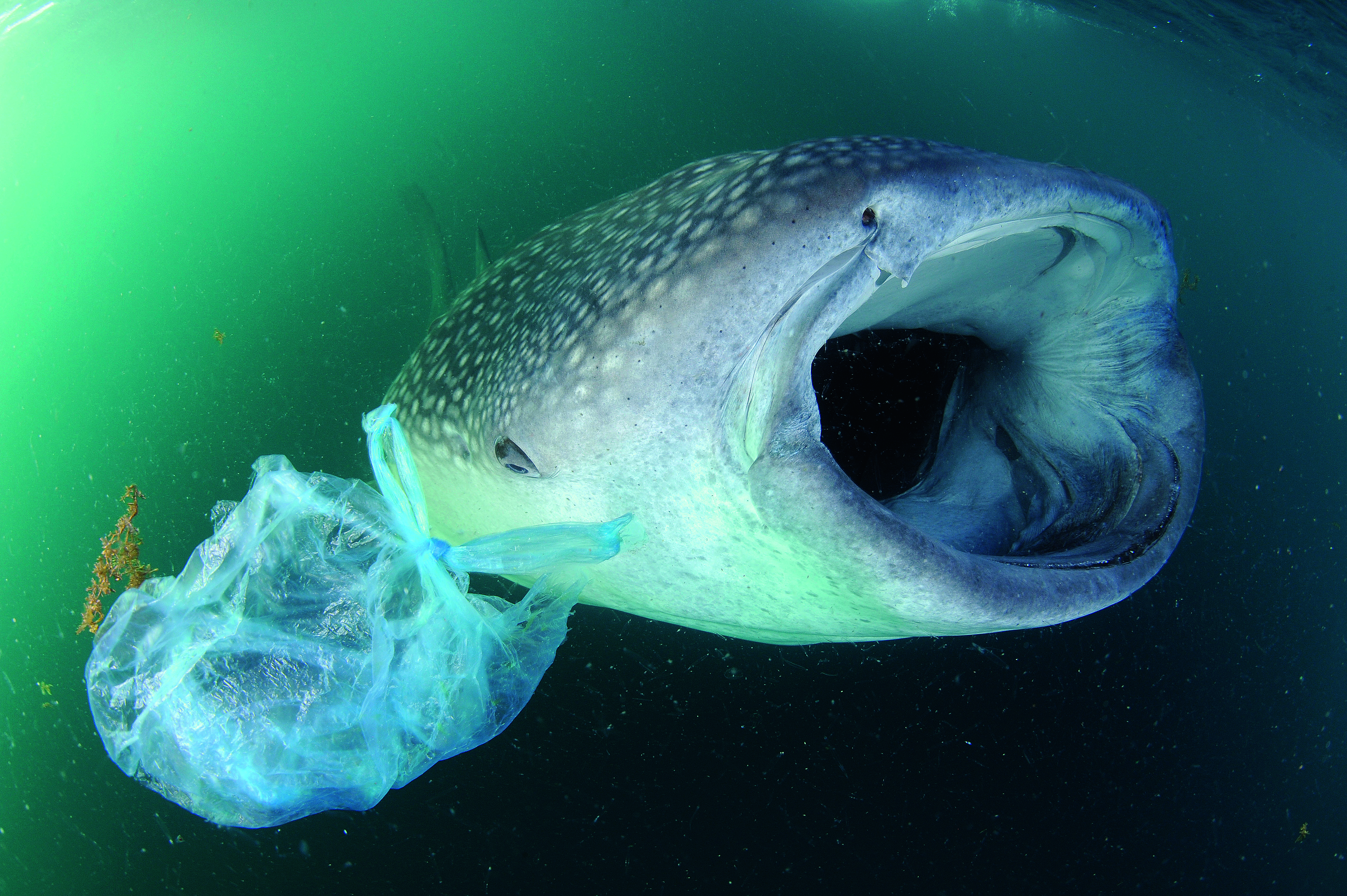
Pollution is a threat to marine life. As filter feeders, whale sharks are prone to gobble up plastic during their feeding sweeps.
Shark Tourism
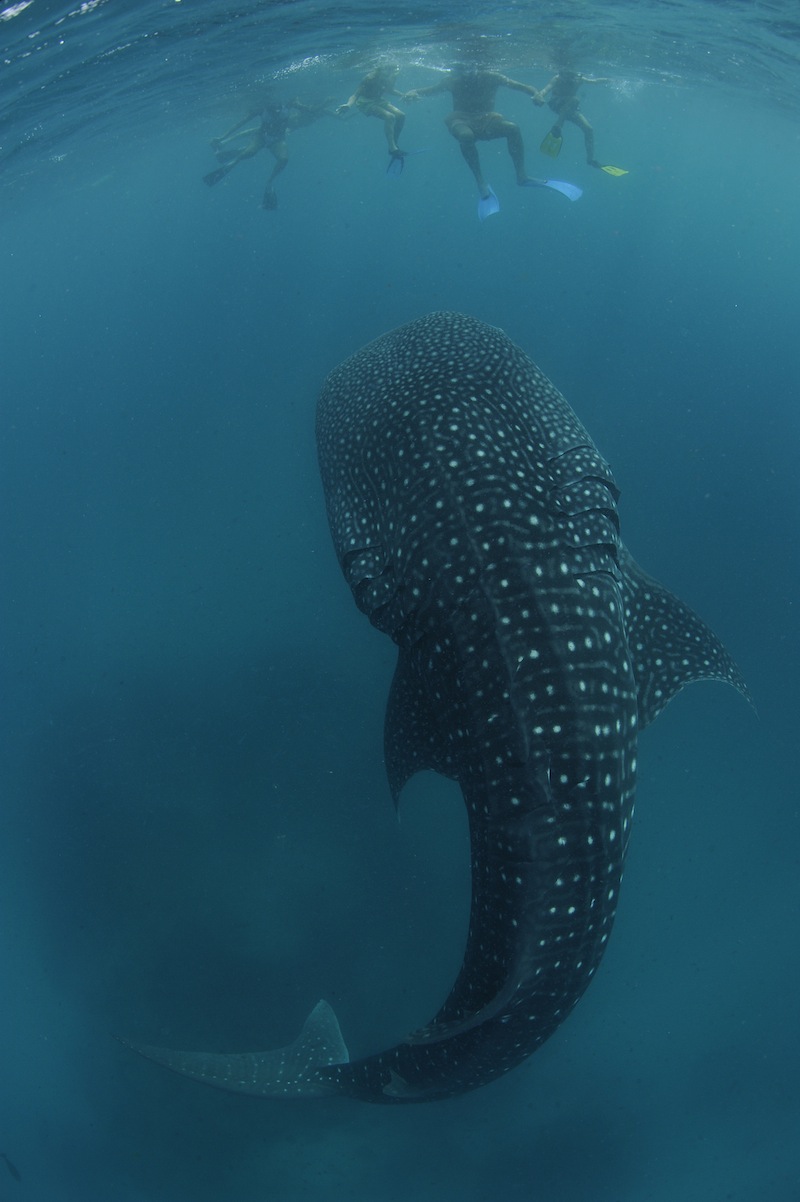
An ambling whale shark feeds on plankton just below a group of onlooking tourists.
Get the world’s most fascinating discoveries delivered straight to your inbox.
Finned Follower
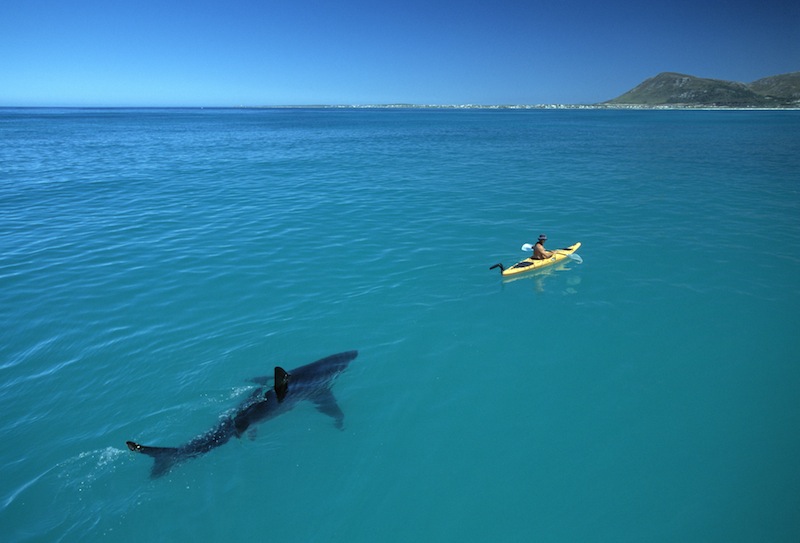
Many thought Peschak's best-known image was a digital fake when it was published, but he says it was actually one of the last photos he took using film before switching to digital. Peschak explains in his book that researchers were using a kayak to study white sharks in an inshore area of South Africa that was too treacherous for a research boat.

